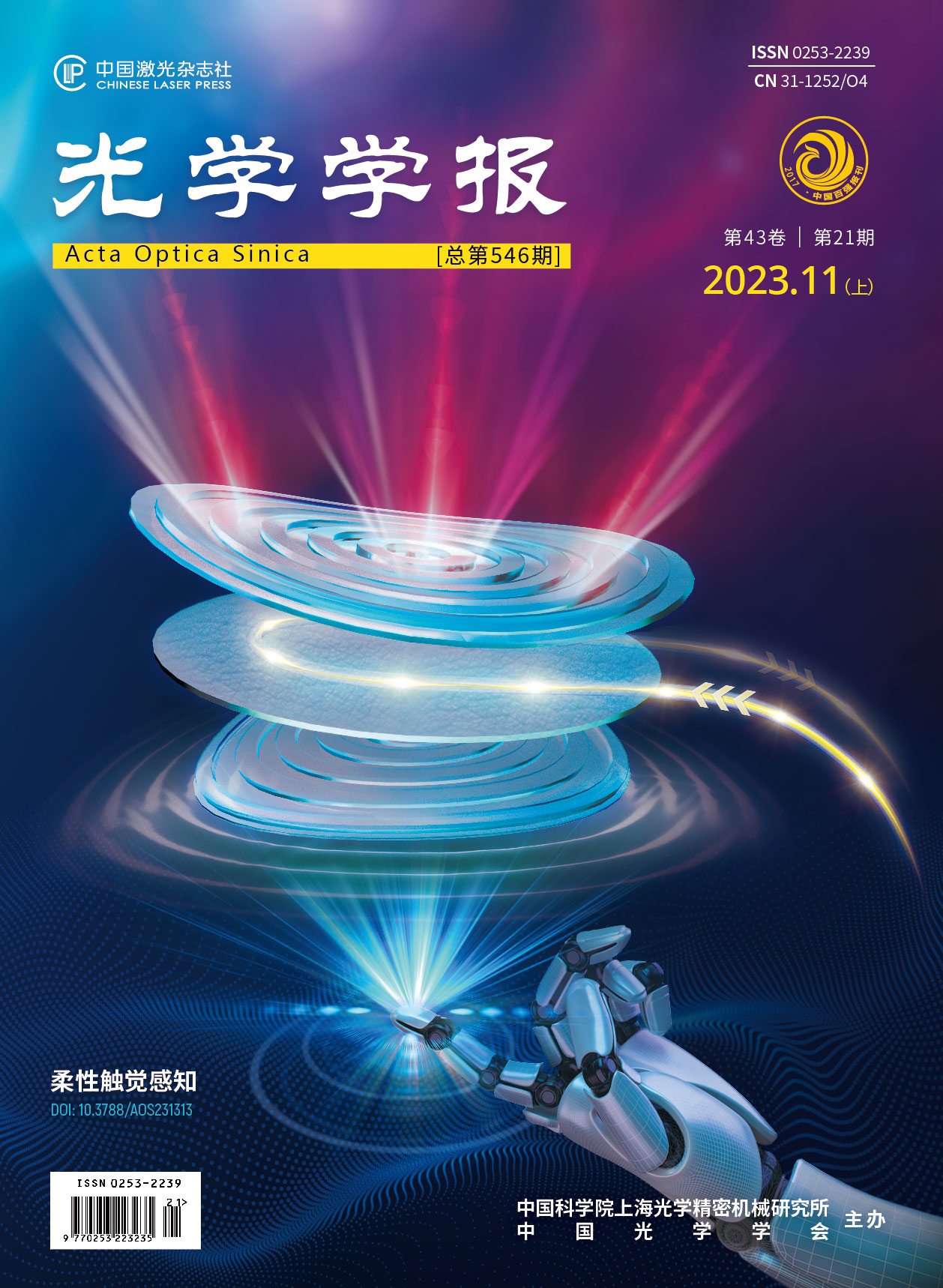基于壁面反射增强模型的熔石英刻蚀形貌形成机理研究【增强内容出版】
Fused silica has been widely applied in laser fusion devices due to its mechanical, optical, and thermal properties, such as diffractive elements, windows, shields, and other components. Atmospheric pressure plasma processing (APPP) is a non-contact material removal method based on a pure chemical reaction and features low cost and controllable material removal without contact and damage. It shows great potential for high-precision fabrication of fused silica optics. However, the material removal mechanism of pure chemical reaction will lead to the deteriorated surface morphology of fused silica processed by APPP, which seriously affects the performance and life of optics. It is necessary to reveal the formation mechanism of deteriorated surface morphology of fused silica to optimize the role of APPP in the optical surfacing.
(1) Sample preparation. Fused silica samples (JGS1) provided by China Building Materials Academy are polished with traditional ceria oxide polishing. The diameter and thickness of fused silica samples are 50 mm and 5 mm respectively. All samples are deeply etched with hydrofluoric acid to remove the redeposition layer and subsurface damage. These samples are cleaned through multi-frequency ultrasonic with deionized water. The cleaning temperature is 45 ℃ and the ultrasonic frequency are 40, 75, and 120 kHz. The cleaning time of each frequency is 3 min. (2) Samples processed by atmospheric pressure plasma. These samples are etched by a capacitively coupled atmospheric pressure plasma. The experimental parameters are 170 W RF (radio frequency) power with 13.56 MHz frequency, 100 mL/min CF4(carbon tetrafluoride) as a reactive gas, 1800 mL/min He (helium) as a carrier gas, and 20 mL/min O2(oxygen) as auxiliary gas. The gap between the workpiece and electrode tip is 2 mm and the scanning speed of atmospheric pressure plasma is 60 mm/min. The point spacing and line spacing of discrete points in the circular grating path are 1 mm. (3) Samples processed by hydrofluoric acid. The samples etched by atmospheric pressure plasma are immersed in 20% mass fraction hydrofluoric acid for uniform etching. The hydrofluoric acid etching is carried out for 30 min in megasonic conditions (1 MHz). The removal depth of each side of the sample is about 5 μm.
These fused silica samples are etched by atmospheric pressure plasma and then hydrofluoric acid to analyze the reasons for the deteriorated surface morphology. Compared with the untreated sample (roughness Ra of 0.56 nm), the results show that the surface morphology of fused silica etched by atmospheric pressure plasma becomes very rough (roughness Ra of 7.58 nm). The surface morphology of the sample is relatively flat (roughness Ra of 2.44 nm) after hydrofluoric acid etching. Additionally, the scanning electron microscope (SEM) pictures and X-ray photoelectron spectroscopy (XPS) results illustrate that the fluorocarbon appearing on the sample surface after plasma etching and the content of fluorine slightly decrease after hydrofluoric acid etching. This is because the fluorocarbon is generated and adsorbed on the sample surface during the atmospheric plasma etching. The deposition is effectively removed and the surface pits are merged after hydrofluoric acid etching. It is indicated that there is a fluorocarbon thin film and pits microstructure on the surface of fused silica etched by plasma. The formation mechanism of the pits microstructure on the sample is inferred to be related to the particle deposits from the detailed information of the magnification pits picture. Then, a model based on the wall reflection enhancement is proposed to analyze the formation mechanism of surface pits microstructure on the sample in our paper. An etching experiment with spin-coated gold nanoparticles acting as a micro-mask on the surface is carried out to verify the model. The experimental results show that the position of the deepest part of the etching pit is inconsistent with the theoretical model. This confirms the correctness of the wall reflection enhancement model and explains the formation of pits microstructure on the sample surface after atmospheric plasma etching. The formation mechanism of pits microstructure during plasma etching is explained as follows. The non-volatile substances generated by the etching process can adsorb and deposit on the surface to form a micro-mask. The wall reflection enhancement occurs when etched particles are incident on the micro-mask surface to induce the formation of pit microstructures on the surface. Some measures, such as increasing the oxygen flow rate to suppress the fluorocarbon generation, can be taken to improve the surface morphology of fused silica etched by atmospheric plasma.
The formation mechanism of fused silica etched morphology based on the wall reflection enhancement model is studied in our paper. It is confirmed that the deteriorated surface morphology of fused silica etched by plasma results from the deposition of fluorocarbon film and the pit microstructures on the surface through the hydrofluoric acid etching experiments. A wall reflection enhancement model based on the micro-mask is proposed. The experimental and simulated results verify the correctness of the wall reflection enhancement model. Finally, new ideas and methods are provided for solving the deteriorated surface morphology of fused silica etched by atmospheric pressure plasma.
陈军, 王林, 魏朝阳, 邵建达. 基于壁面反射增强模型的熔石英刻蚀形貌形成机理研究[J]. 光学学报, 2023, 43(21): 2124002. Jun Chen, Lin Wang, Chaoyang Wei, Jianda Shao. Research on Formation Mechanism of Fused Silica Etched Morphology Based on Wall Reflection Enhancement Model[J]. Acta Optica Sinica, 2023, 43(21): 2124002.







